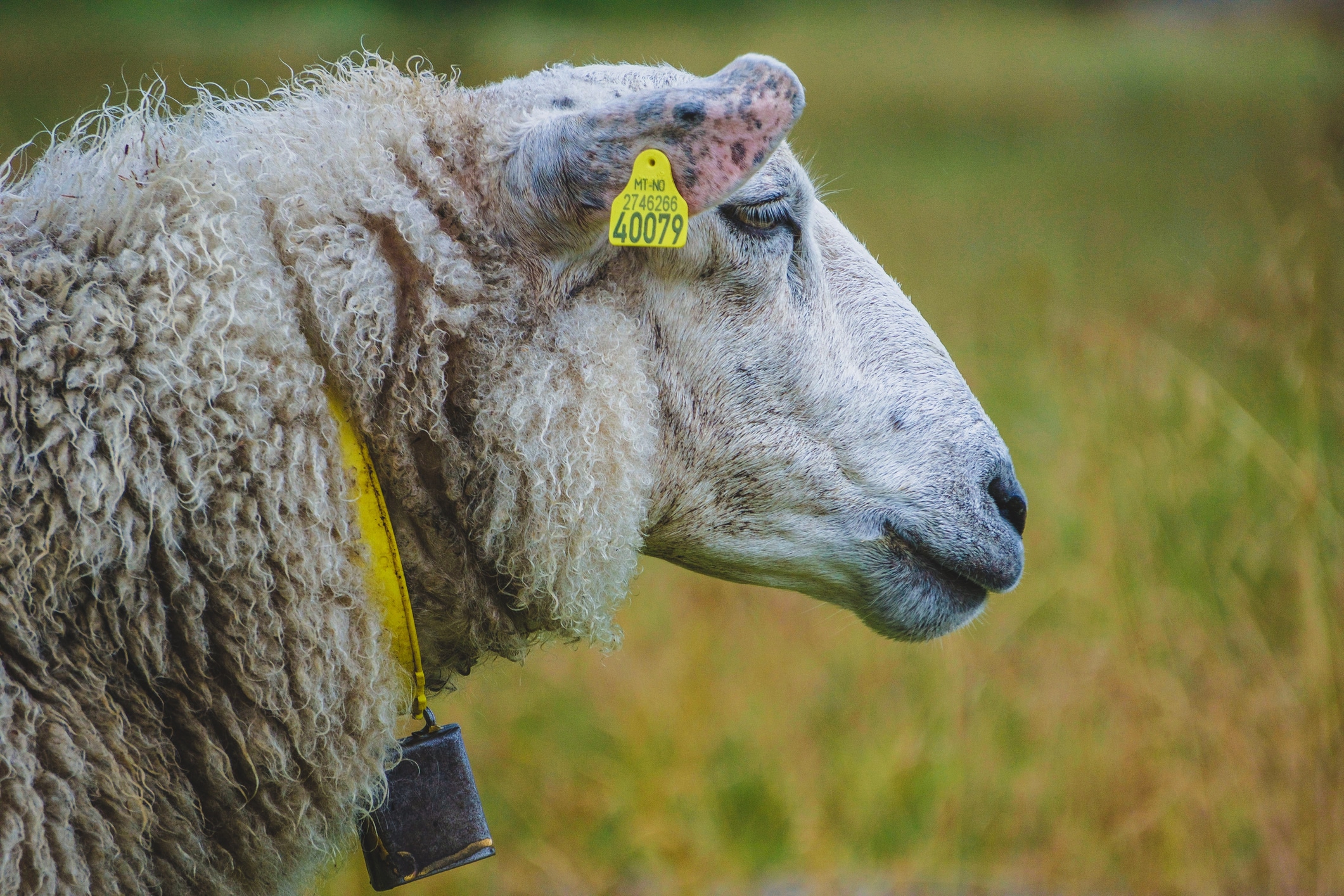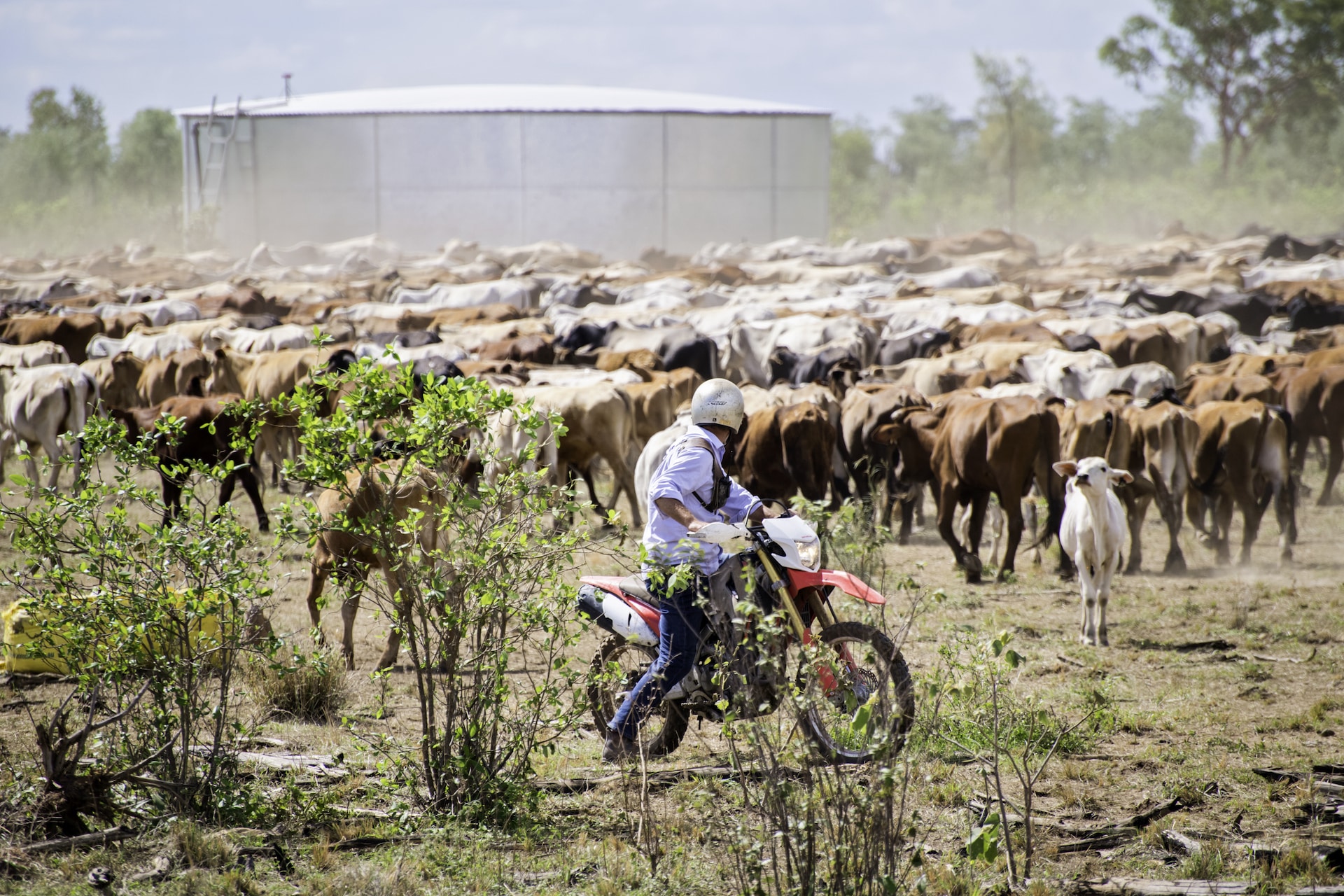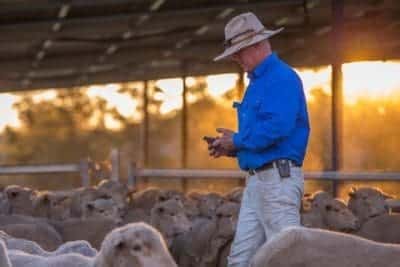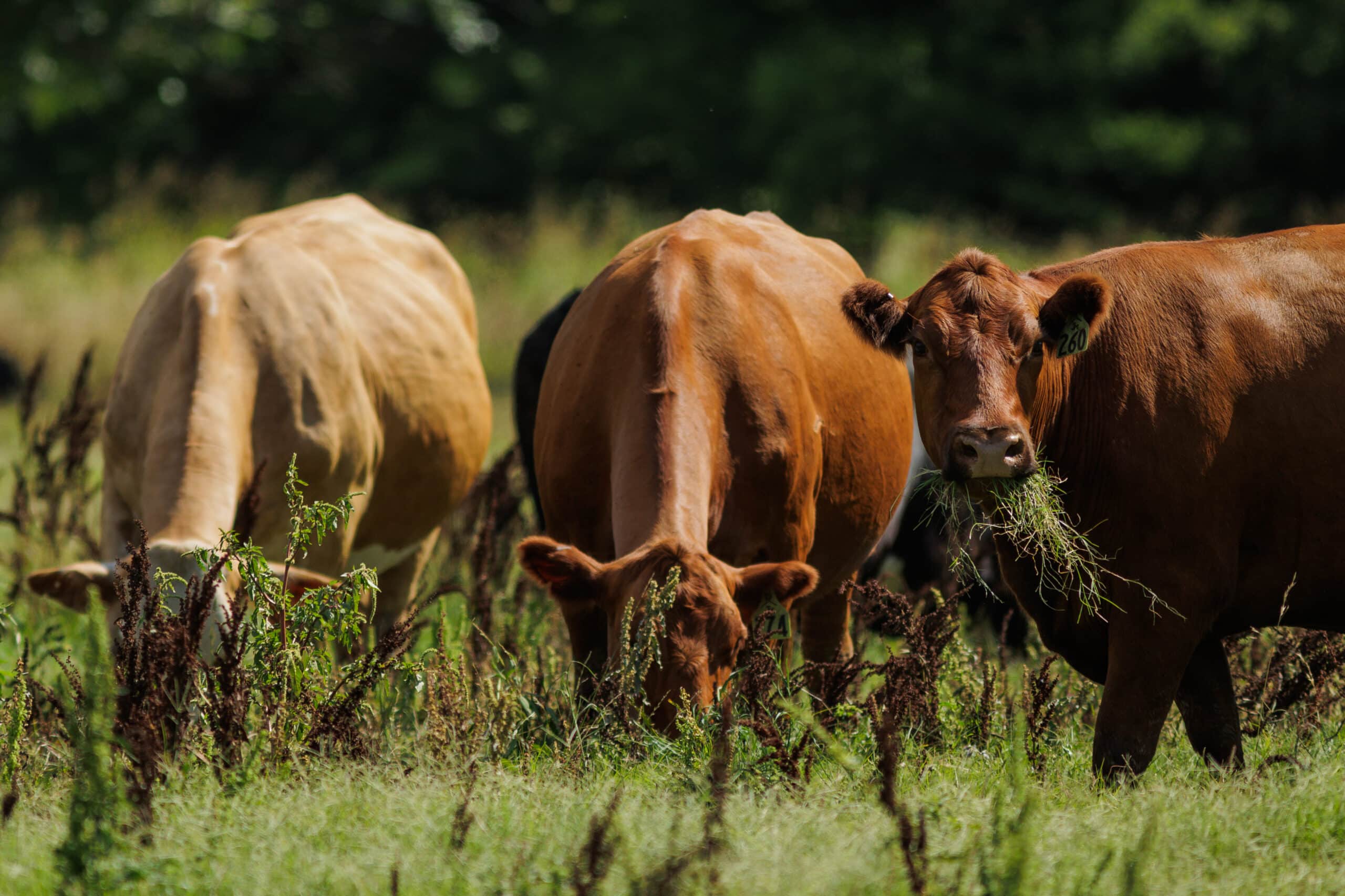EID’s: surely a no-brainer?

What is an EID
An EID is electronic identification. In agriculture this comes in the form of an ear tag. Simpler ear tags merely have an identification number which is used to identify a particular animal through the supply-chain. However, electronic tags are picked up and displayed by wands or readers rather than the stockperson writing identification numbers down on paper.
What are the benefits?
EIDs have a multitude of benefits that can make life simpler for any livestock farmer. We can currently only achieve these benefits through investment in a wand or handheld reader.
Saving time
Waving a handheld wand or using a stationary reader reduces the time spent waiting for the animal to stand still making it easier to read the tag and write it down. You can also add more data to the animal’s record.
Weigh data can automatically link from the weigh bars to the reader. Information such as vaccination status, fertility performance and worming treatment can also be managed by readers. Growth rates easily obtained this way assists in meeting market specifications and feedback on carcass quality can help to make informed decisions regarding herd management.
The EID system is fully traceable and reduces the likelihood of errors saving time sorting out inaccuracies afterwards. It also means less red tape around the movement of livestock. Also it will have positive implications across the supply-chain through processing at markets and abattoirs. It will also help in the keeping of births and death records.
Improved profitability
When used in conjunction with suitable software, EID tagging can create a picture of fertility performance, helping to make breeding decisions and stock selection.
Herd performance and therefore profitability can be improved from electronically stored characteristics such as growth rates, productivity, calf performance, genetics, and body condition scores.
EID tags can be used in conjunction with various readers. Some readers can be fitted on weigh bars near water or feed troughs, so animals are weighed every time they drink or eat. This not only provides constant weigh data but also patterns about feeding regimes helping to forecast market end points.
Accessible data
Overwhelming quantities of data can be generated from using EIDs and their accompanying software. But if streamlined to produce visually comprehensive graphs and tables, then the data can be managed effectively and provide invaluable insights into animal performance.
Where are EIDs already in place?
The use of EIDs is commonplace for sheep across the UK and is compulsory since 31 December 2009. Those intended for slaughter before 12 months of age only require a single EID tag whilst those kept for longer require both an EID tag and a traditional ‘visual tag’.
Despite EIDs being required by law for more than a decade, only about half the sheep farmers in England and Wales use a stick reader.
In Ireland, cattle must be EID tagged. This law has been in place since July 2022 and the government subsidises the cost of implementing this across Ireland’s farms.
What is planned for the UK?
Each of the UK’s devolved nations have pushed for EID uptake within the cattle industry.
England
An eight-week consultation period was opened in September 2023 for people to comment on the introduction of bovine EID tags. So far, the government is yet to publish conclusions. The consultation was then paused during the general election, with no updates since.
Scotland
Discussion around the introduction of cattle EIDs has lasted two decades in Scotland. In 2023, the government told farmers EID tags would be compulsory from January 1st 2024. That date has now passed and a consultation on the issue closed in June 2024.
The Scottish government were pushing to be leaders in the industry and for use of Ultra-High Frequency (UHF) tags. These are more accurate than the Low Frequency (LF) tags (based on an 8-year trial). They read tags from further away thus increasing handler safety, and are generally cheaper than LF tags. However, the EU uses LF tags so there are concerns about cross-border movements.
Wales
The Welsh government also held a consultation which closed in January 2022. The government had stated the introduction of EID tags would already have been in place by now. However, there is no date as yet.
Northern Ireland
Northern Ireland have yet to set a date for compulsory EID tag use. They have, however, announced a change in the ‘UK’ prefix on their visual tags to ‘XI’ from June 2024. The number following the prefix is also changing “to facilitate the possible introduction of bovine electronic identification.”
With no clear date set for the UK adopting the new technology, some speculate the use of EIDs in the cattle industry will be introduced in late 2024 or 2025.
What would be the cost to implement EIDs across the UK?
What kind of costs will farmer bear if EID tags are compulsory?
At the moment, individual cattle EID tags cost about £1 more than visual tags. Additionally, if farmers want to make use of the data generated from these tags, then investing in a reader could set them back £500-£1000. For information on the best EID readers on the market check out our blog post, The Best EID Tag Readers for Cattle or Sheep Enterprises.
Obtaining the relevant software could also cost around £20-30 per month for a subscription. AgriWebb software is compatible with EID and UHF tags, as well as visual tags.
It is important to make sure any software subscriptions come with technical support and the wand connects to the mobile phone or computer via Bluetooth if signal or Wi-Fi is poor. AgriWebb offers online support and offers a scheduled call back for a time that suits you.
Why haven’t we rolled it out already?
There have been consultations to gain invaluable feedback from farmers and potential users of the technology. Governments have taken these concerns on board which have delayed rolling out the use of EID tags. Disagreements about which technology to use i.e. LF or UHF have also delayed decision making as have general elections and changes of government.
Ready to update your tags? AgriWebb is compliant. Talk to us here.



